Effective Brand Integration in Esports Tournaments
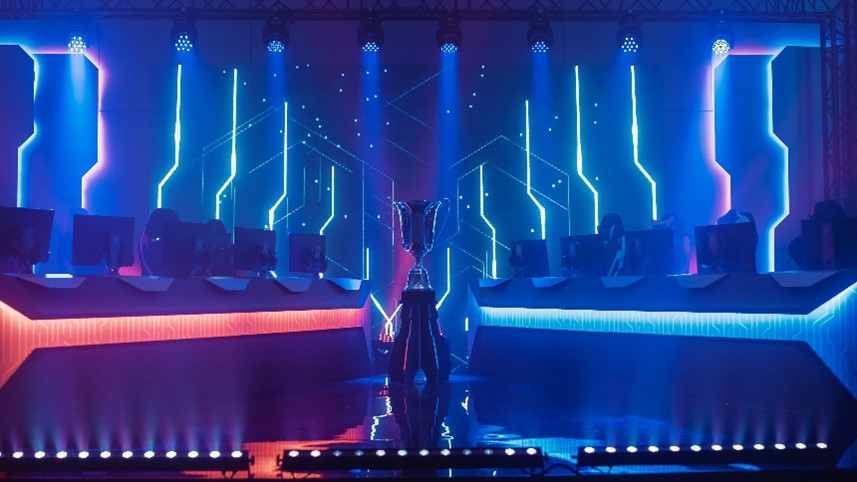
In the fast-paced world of esports, where virtual battles draw millions of viewers and generate staggering revenues, brand integration has become a key strategy for companies looking to tap into the lucrative gaming market. What differentiates esports fans from insiders of different groups is that often their passion or interests are socially viewed as something that is not an authentic sports experience worth following. Having said that, hitting the mark with the campaign will remarkably influence the brand in the eyes of fans. Esports tournaments offer a unique opportunity for brands to connect with a highly engaged audience of gamers, but mastering the art of brand integration requires finesse and strategic planning.
Let’s delve into the realm of effective brand integration in esports tournaments and uncover the winning strategies that set brands apart in this dynamic landscape.
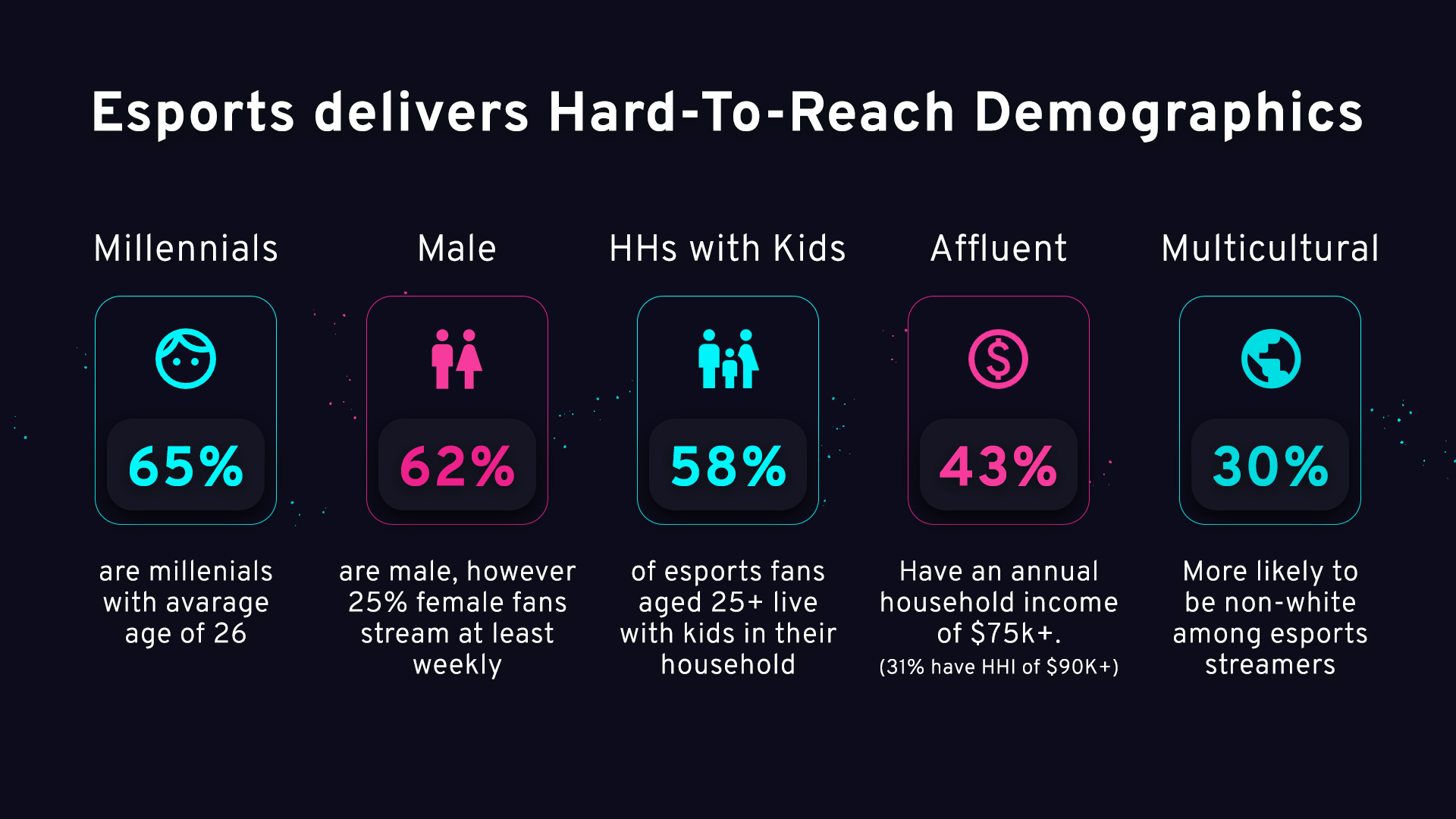
Understanding the Audience: The first step in effective brand integration is understanding the esports audience. Gamers are a diverse group, spanning different demographics, cultures, and interests. Brands must tailor their messaging and activations to resonate with this audience, whether it’s through in-game sponsorships, social media campaigns, collaborations or experiential marketing at live events.
The style of social media communication with gamers and esports fans is significant, the message must be carefully prepared – it can’t be too casual because most gamers that follow esports tournaments are heavily engaged to the game and the community. Authenticity is key – brands that genuinely engage with the esports community and demonstrate a deep understanding of gamer culture are more likely to succeed in their integration efforts. For example, in our cooperation with Kia Poland on the Polish League of Legends cup Ultraliga, our client sponsors an authentic news segment full of relevant information for the community.
Strategic Partnerships: Collaboration is essential in the world of esports, and brands can amplify their presence by partnering with
-tournament organizers,
-esports teams;
-influential gamers.
These strategies seamlessly integrate brands into the esports ecosystem, providing valuable exposure to a global audience:
-Sponsorship deals
-Co-branded content
-Product placements
One of many examples are DHL partnering up with ESL which is hosting many top tier Counter Strike events. By aligning with trusted partners and tastemakers within the gaming community, brands can enhance their credibility and foster meaningful connections with fans. Following the example of Kia Poland, we always strive to create content smoothly interconnected with events that Kia sponsors, with League of Legend professional casters communicating Kia’s presence on such events.
Seamless Integration: Effective brand integration in esports tournaments requires a delicate balance between promotional content and the gaming experience. Brands must strive for seamless integration that enhances rather than disrupts the viewer’s enjoyment of the event. Non-intrusive advertising formats, such as:
-branded overlays;
-product placements;
-sponsored segments;
can integrate seamlessly into the broadcast without detracting from the gameplay. As you can see on the the photo below, MAERSK branding on Blast Spring Showdown overlay is visible but not overly interfering and most importantly it is correlating to the whole design and color scheme of the broadcast. The goal is to add value to the viewer experience while reinforcing brand messaging in a natural and unobtrusive manner.
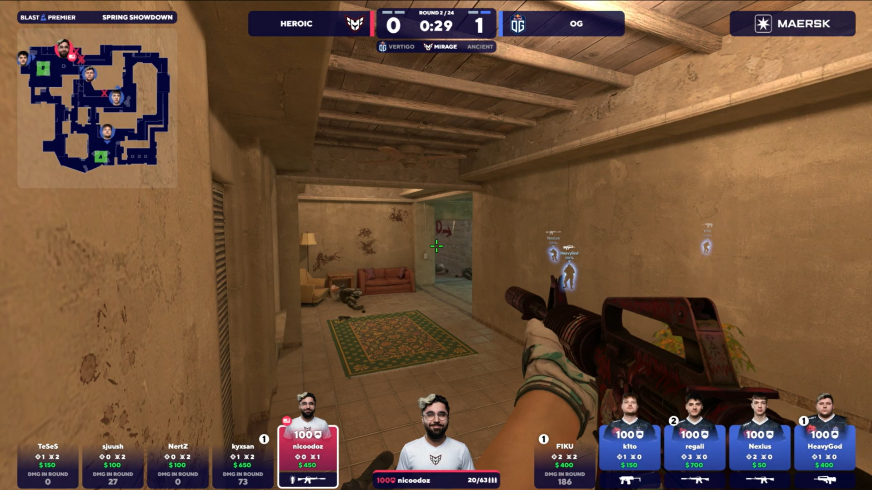
Engagement and Interaction: Esports fans are highly engaged and passionate about their favorite games, and brands can capitalize on this enthusiasm by fostering meaningful interactions and engagement opportunities. To effectively correspond to esports fans, you must show interest in the esports community. Interactive activations, such as contests, giveaways, and live polls, allow brands to directly engage with viewers and create memorable experiences that leave a lasting impression.
Being a respected brand in gamers eyes is key for your campaign, it can be achieved by partnering up with well-regarded esports personage such as widely known esports players or respected casters and influencers. The prime example of this move is a campaign by Kia called “The Road to Esports”, where many esports’ personas are invited to talk about their careers or esports topics during a ride in a car decorated with League of Legends-style wrapping. By actively involving the audience in the tournament experience, brands can forge deeper connections and build brand loyalty among esports fans.
Measuring Impact: Like any marketing initiative, measuring the impact of brand integration in esports tournaments is essential for evaluating success and optimizing future strategies. Brands can track key performance indicators such as:
-brand awareness,
-sentiment analysis,
-social media engagement,
-website traffic
In order to gauge the effectiveness of their integration efforts. Additionally, partnerships with esports analytics platforms and data-driven insights can provide valuable insights into audience behavior and preferences, informing future decision-making and refinement of brand integration strategies.
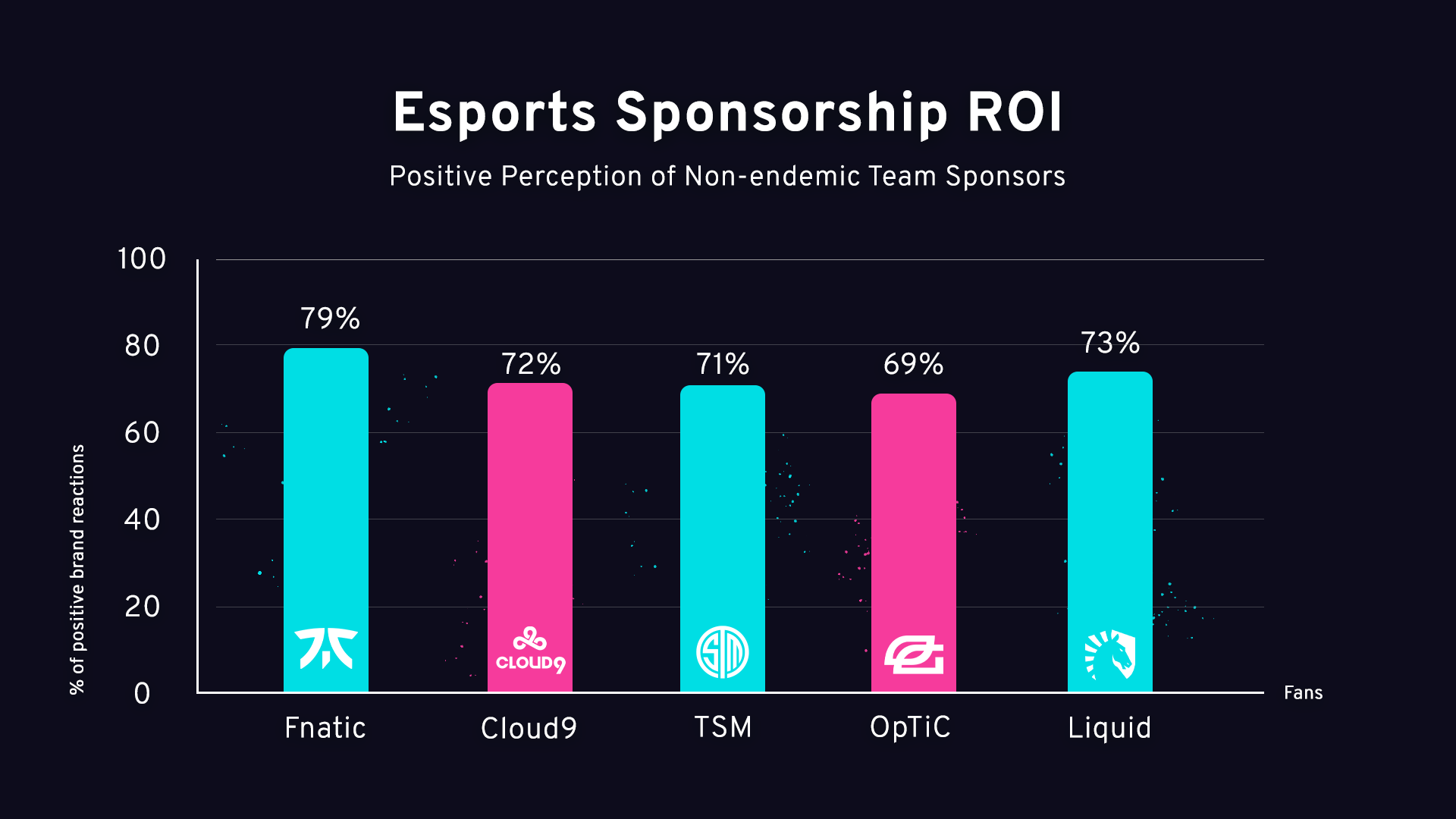
In conclusion, effective brand integration in esports tournaments requires a thoughtful approach that prioritizes authenticity, strategic partnerships, seamless integration, engagement, and measurable results.
By understanding the audience, forging strategic alliances, seamlessly integrating into the gaming experience, fostering engagement, and measuring impact, brands can unlock the full potential of esports as a powerful platform for connecting with the gaming community and driving brand awareness and loyalty. In the ever-evolving world of esports, mastering the game of brand integration is the key to success on the virtual battlefield.
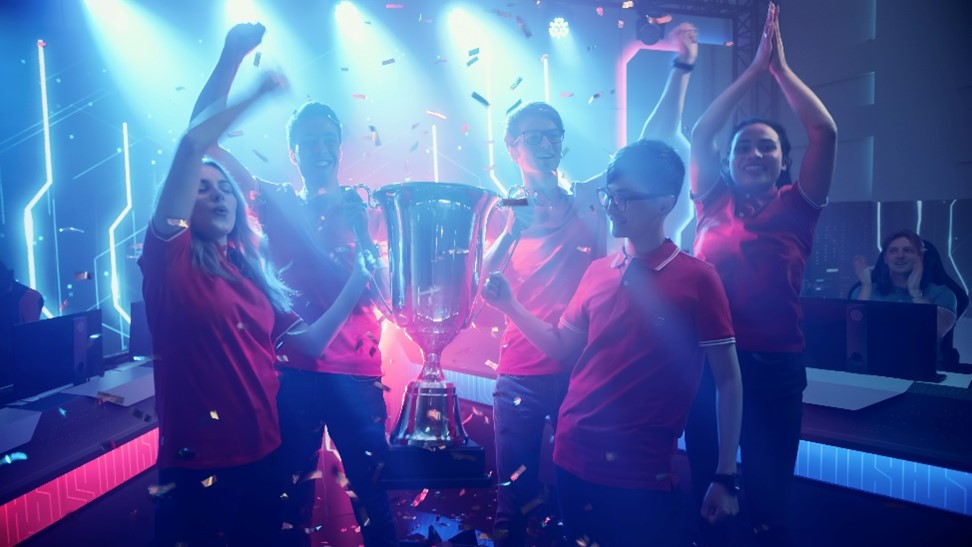
Sources:
https://www.aikenhouse.com/post/how-marketers-should-approach-the-esports-space
https://www.esportsgroup.net/esports-sponsorship-roi/